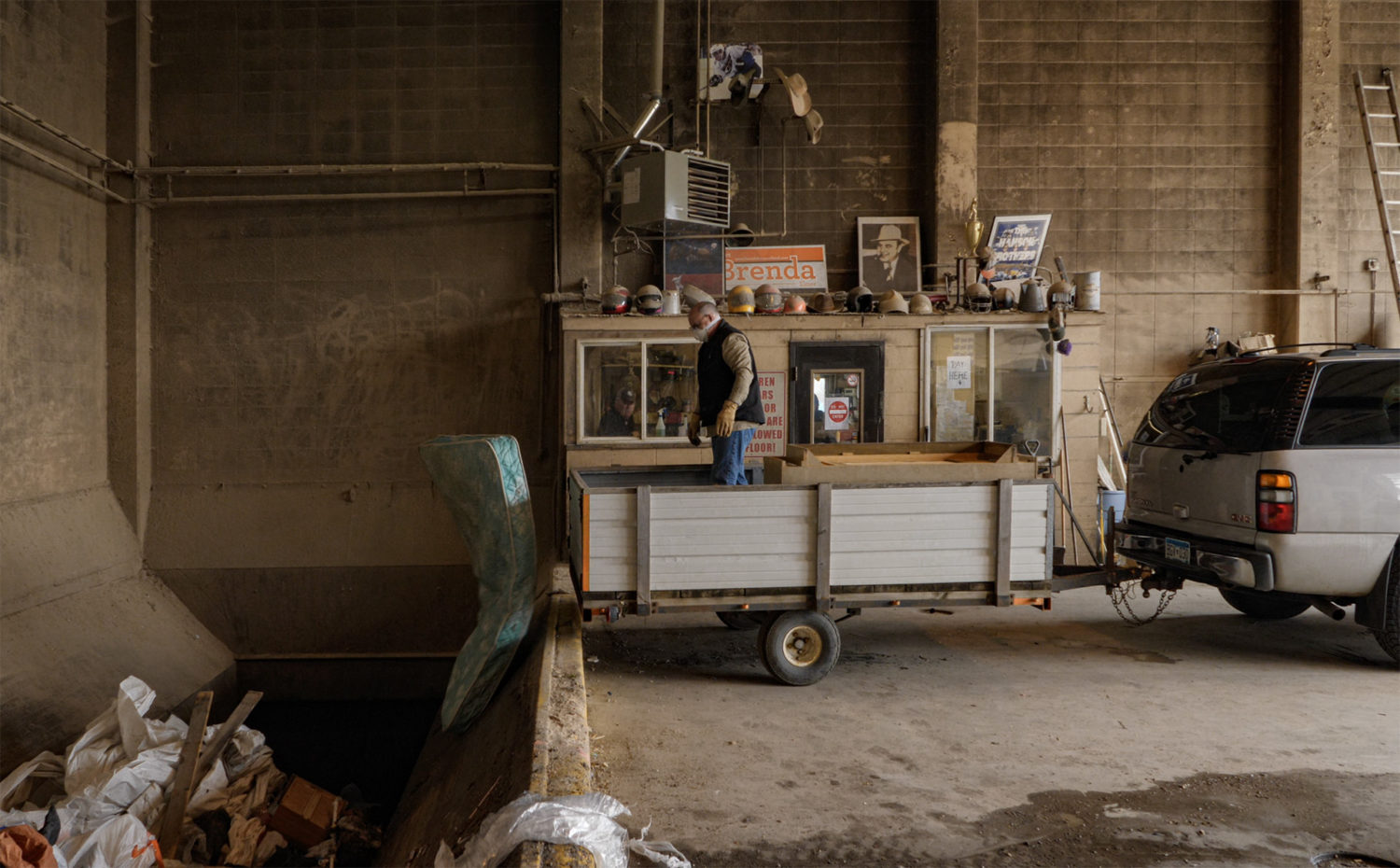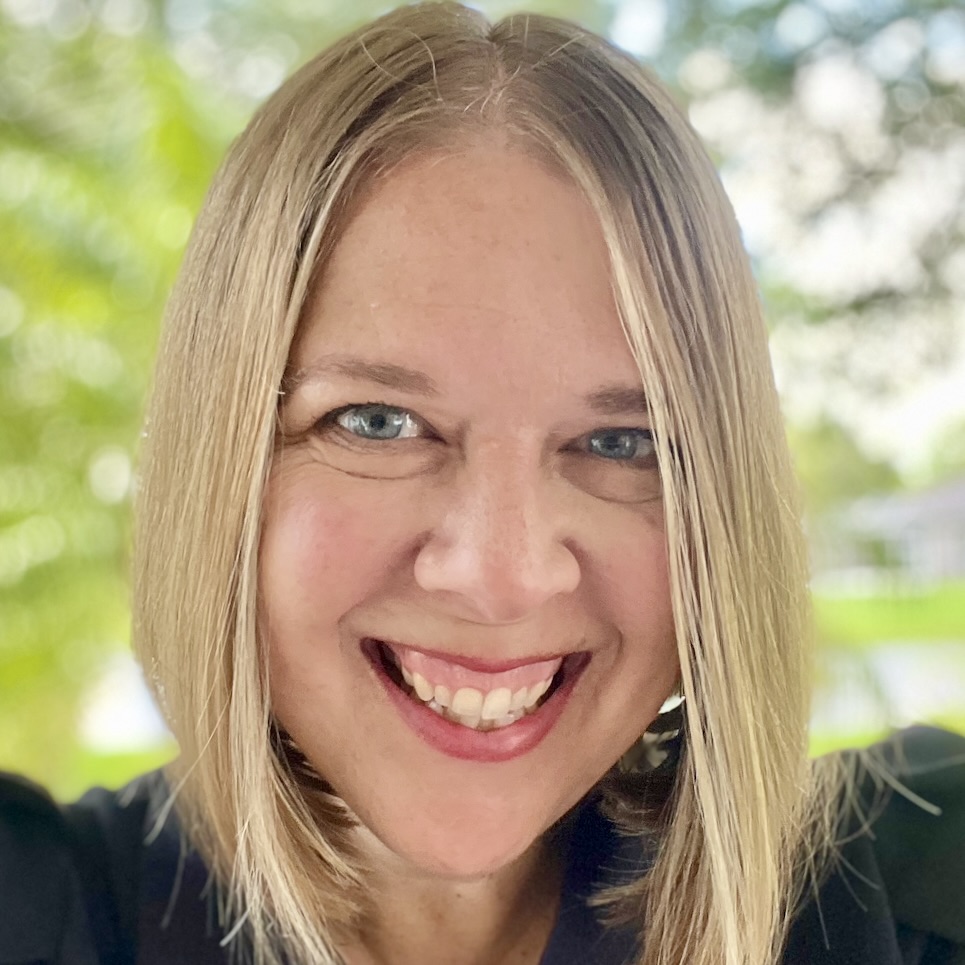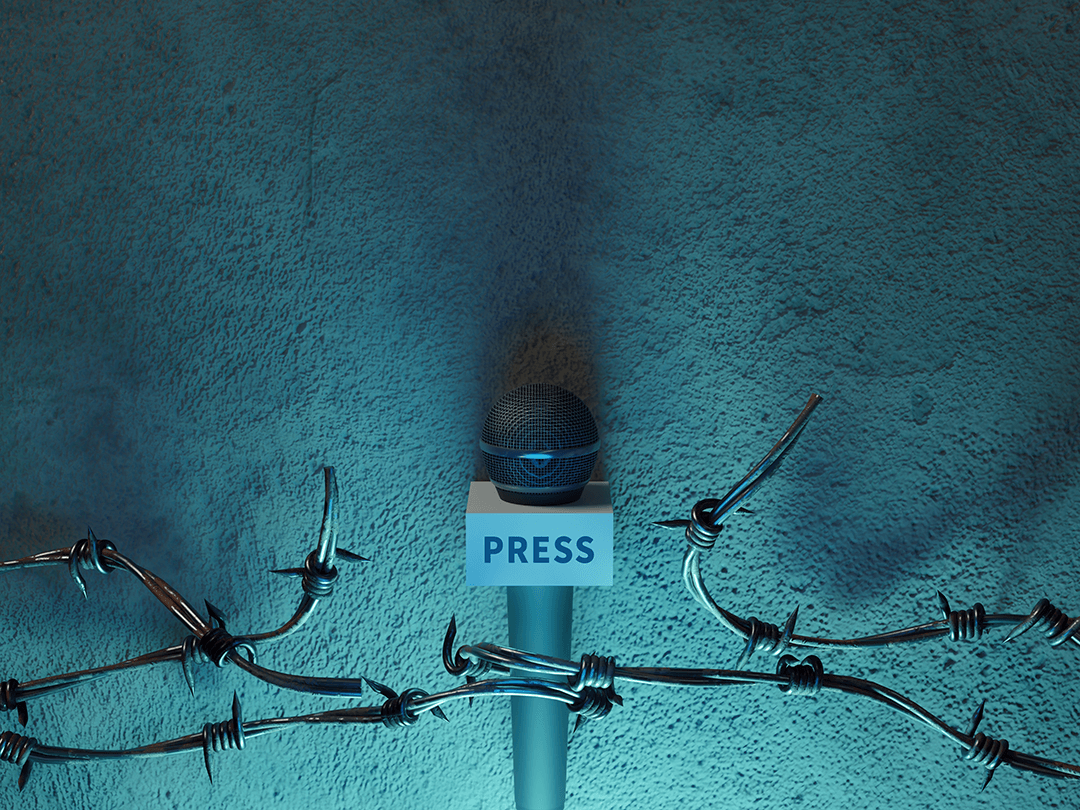This piece originally appeared in Local Edition, our newsletter devoted to the telling stories of local journalists. Want to be part of the conversation? You can subscribe here.
One Monday in April, a nurse in Rochester, Minnesota, pulled her mask on before starting a 12-hour-shift.
“I do a lot of praying before I get here.”
A man in Karlstad checked on dozens of baking chocolate chip cookies.
“It’s a very good business,” his mother said. “He can make it work, if it gets back to normal.”
And a manufacturer in Willmar spent another day making personal protective equipment gowns.
“We just want to keep the lights on and to pay our employees. It’s our way of doing our part.”
Right now, after months at home, a lot of people still watch the world through windows and screens. Some of us have gone back to work. Some watched the holiday weekend crowds and cheered or cursed them.
But a lot of people are working, adapting and living as best they can in the midst of this pandemic. Last month, 18 newsrooms in Minnesota sent journalists out on the same day to find and tell their stories (which I quoted from above).
“A State of Crisis: 19 Hours in Minnesota,” is a collection of snapshots of Minnesotans “and how they are muddling through the unknown.”
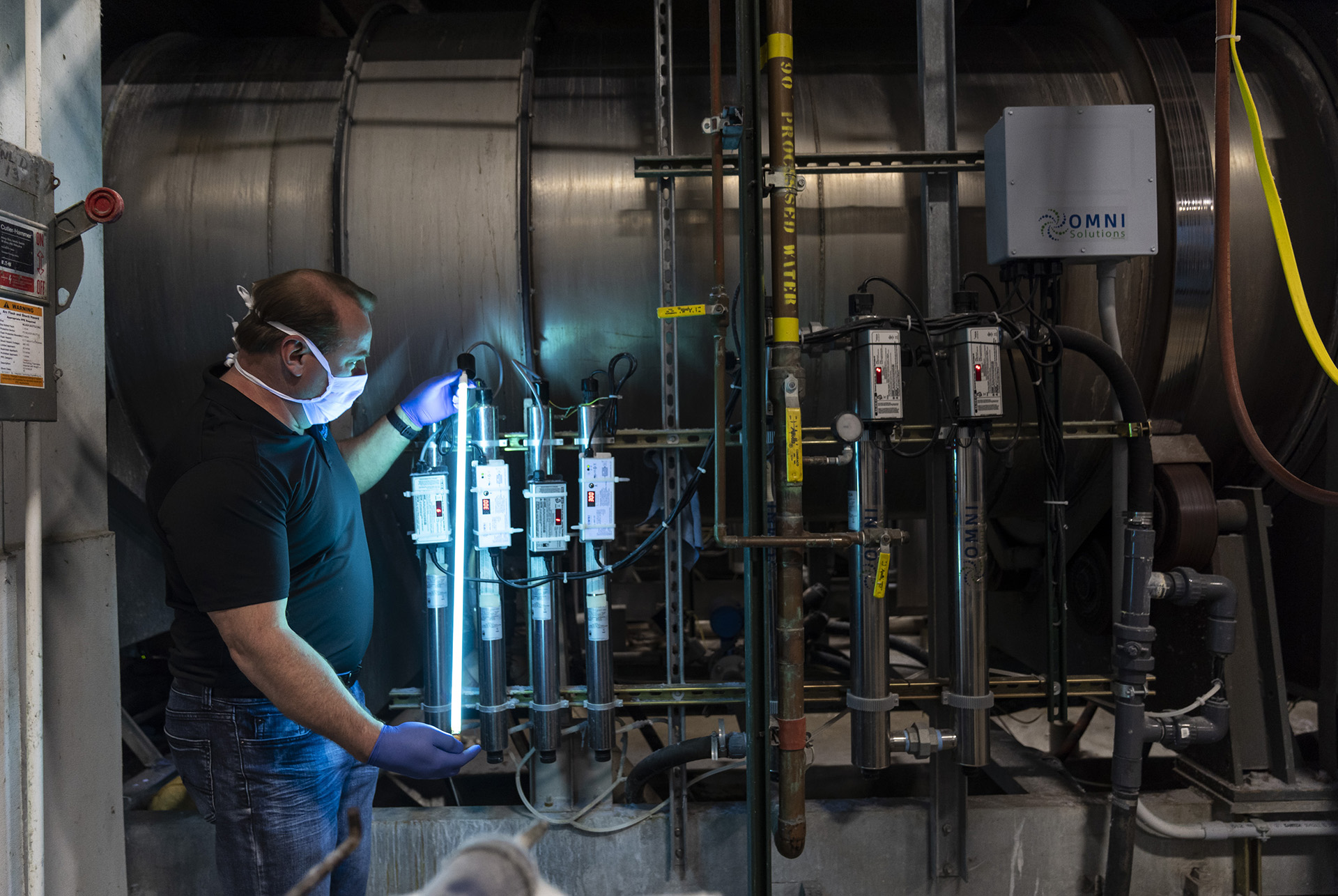
Paul Jewison, President and CEO at Textile Care Services, shows the ultra violet light used in the machines to naturally kill bacteria that may be present on the linens on Monday, April 20, 2020, at the plant in southeast Rochester. Textile Care Services has been operating with UV washes for almost 4 years now, before COVID-19 was even in our vocabulary. (Traci Westcott/Post Bulletin)
19 Hours was produced by 50 people from dailies and weeklies that are part of Forum Communications Co. The assignment was to spend one hour at different times of the day capturing life across the state.
Staff collaborated in a shared document to cover the 19 hours of the project (19 for COVID-19.) And frankly, said Steve Wagner, director of digital content development, he had no idea what they’d bring back.
“And when I started going through it, it’s like wow, this is actually better than what I anticipated.”

Brainerd Floral owner Marc Halverson sorts through flowers in the cooler Monday, April 20 at his long-time family business in Brainerd. (Steve Kohls/Brainerd Dispatch)
The idea for the project came from Forum Communications president Bill Marcil Jr. It took some planning, and then way more work after developing and designing the multi-part online package, which included written vignettes, photos and videos.
It did not, by the way, have a print component.
“Frankly we didn’t feel like there was a way to recreate this for print,” Wagner said.
Forum publications have a lot of print subscribers who don’t take advantage of the online product, he said, and the team that made 19 Hours hoped this might change that. Forum has closed several weekly papers and announced this week that its flagship publication in Fargo, North Dakota, and Moorehead, Minnesota, would cut down to two print days a week.
So far, the project has more than 49,000 pageviews. Forum took part in Poynter’s Table Stakes training, which works to help legacy newsrooms learn digital strategies for sustainability. Because of that, the metric that matters now is converting subscribers, Wagner said.
And Forum publications have seen the biggest success with that goal by simply explaining why local news matters and asking for support.
19 Hours helped build a sense of connection and community, Wagner said, and local readers and businesses were impressed with how they pulled it off.
“They didn’t think that they’d find something like that in their hometown paper,” he said. “That’s been gratifying.”
One Monday in April, a distillery in Hallock made hand sanitizer.
“This is the one product we weren’t expecting to make.”
Women at a senior complex in Wadena trade the goodies in their hot lunch delivered by Meals on Wheels.
“Just like high school.”
And a team of local journalists went into their communities to tell stories like no one else can.
Related: Here are the newsroom layoffs, furloughs and closures caused by the coronavirus
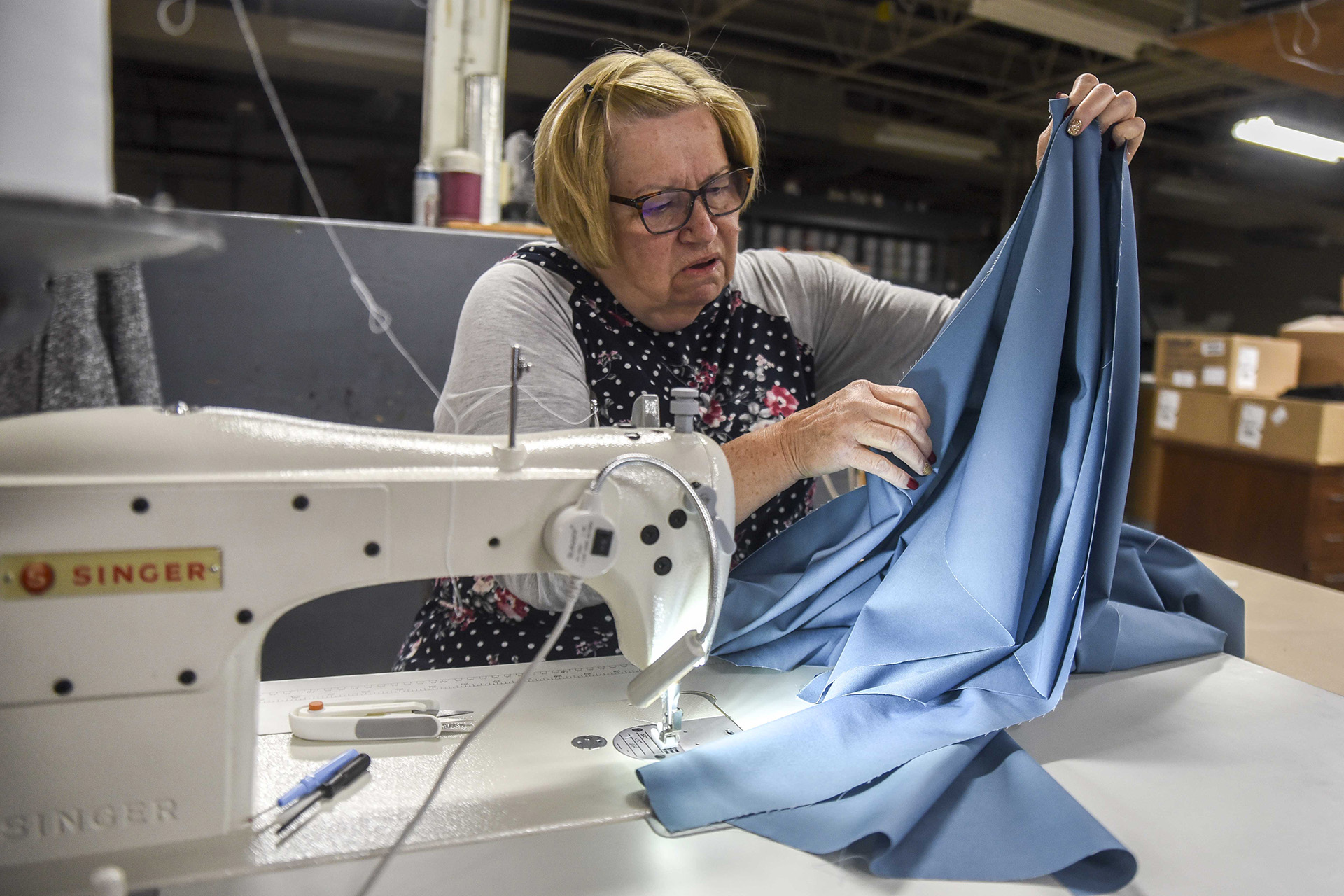
Cindy Sjoberg, an employee of KZ Sales, sews a gown Monday at the facility in Willmar. Sjoberg assists with sewing gowns to “help out” and keep herself “busy” during the COVID-19 pandemic. KZ Sales typically provides already cut fabrics, elastic and fabric thread to contracted home sewers. The business then packages them and redistributes them to local healthcare facilities.
Erica Dischino / West Central Tribune
Kristen Hare covers the business and people of local news for Poynter.org and is the editor of Locally. You can subscribe to her weekly newsletter here. Kristen can be reached at khare@poynter.org or on Twitter at @kristenhare.

